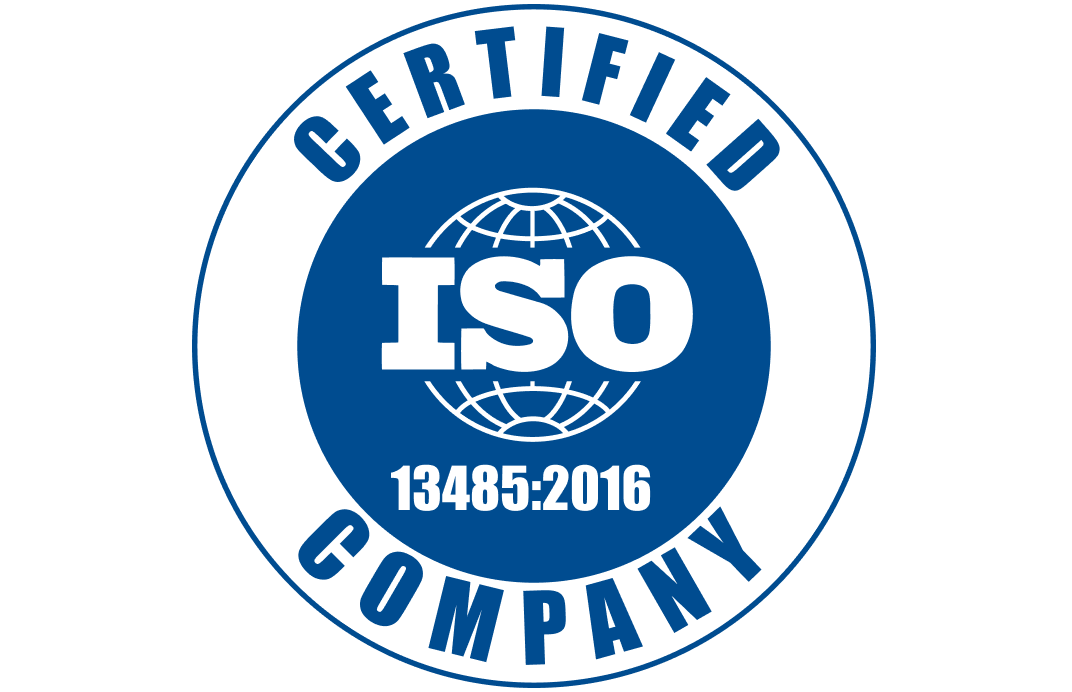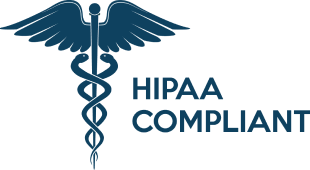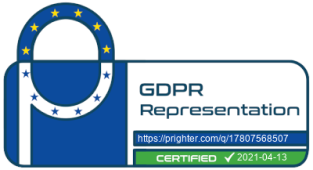A Simple Guide to Cuffless, Video-Based Blood Pressure Monitoring (rPPG)
At first glance, the idea sounds improbable: measuring blood pressure using nothing but a smartphone camera. For decades, the inflatable cuff has been the gold standard for blood pressure assessment; familiar, trusted, and clinically validated. So it’s entirely reasonable to approach this new method with a degree of skepticism, as is common with any game-changing innovation.
But this is not speculative technology. What powers this technology is photoplethysmography (PPG), a well-established optical technique used in hospitals and clinics worldwide for decades. If you’ve ever had a pulse oximeter clipped to your finger to check your oxygen levels, you’ve already experienced PPG in action. It’s routinely used in patient monitors, wearables, and critical care devices, and is recognized as a reliable method for tracking heart rate and other vital signs.
Remote photoplethysmography, or rPPG, builds on that same principle but removes the need for physical contact. Combined with advanced signal processing and artificial intelligence, it opens up a new way to monitor health that is accessible, continuous, and entirely software-based.
This guide walks through the science behind rPPG, explains how it works in practice, and explores why it’s gaining traction as a transformative tool in health and wellness monitoring.
What is Photoplethysmography (PPG)? The Foundation of Cuffless Monitoring
Before exploring what makes rPPG “remote,” it’s important to understand the core principle on which it’s based: photoplethysmography (PPG). This technology is what powers both medical devices like pulse oximeters as well as trusted wearables like the Polar Verity Sense™ and smartwatches.
The mechanism is straightforward:
- A light source (usually LED) illuminates the skin.
- Some light is absorbed by tissue and blood; the rest is reflected back to a photodetector.
- As the heart beats and blood volume changes with each pulse, the amount of absorbed light fluctuates accordingly.
- These variations are used to construct a waveform from which heart rate, and much more, can be derived.
This technique has been used for decades in clinical environments, primarily for heart rate and oxygen saturation measurement. The signal it produces, the PPG waveform, is rich with physiological data.
How rPPG Technology Measures Vitals Using a Smartphone Camera
Remote PPG builds on the same foundational principle as traditional PPG, but without physical contact. Instead of relying on an LED and a photodetector pressed against the skin, the smartphone’s front-facing camera serves as the optical sensor.
Here’s how it works:
- When a user initiates a measurement, the camera captures subtle changes in the light naturally reflected off their face under ambient lighting conditions.
- As blood pulses beneath the surface of the skin, it causes tiny, periodic changes in skin color. These shifts are invisible to the human eye but detectable by the camera’s sensor.
- By analyzing the video stream frame by frame, the system extracts the underlying PPG signal, completely contactless and without any additional hardware.
The challenge lies in doing this reliably in real-world settings. Ambient lighting varies. Users move. Skin tones differ. Sophisticated signal processing and AI-driven modeling are essential to isolate the physiological signal from surrounding visual “noise” and maintain measurement quality across diverse conditions.
Using AI to Analyze rPPG Signals for Blood Pressure
While deriving heart rate from a PPG waveform is relatively straightforward, blood pressure is significantly more complex. That’s where machine learning plays a critical role.
Each rPPG signal carries a wealth of physiological information embedded in the shape of the waveform, including its slope, amplitude, timing between peaks, and more. These subtle characteristics correlate with underlying cardiovascular dynamics.
To train the system, AI models are fed large volumes of paired data:
- rPPG video recordings
- Simultaneous, clinically validated cuff-based blood pressure readings
By analyzing hundreds of thousands of such pairs, the models learn to identify patterns and features in the waveform that consistently correspond to specific blood pressure values.
This is not a one-size-fits-all model. High-performing systems must be trained on diverse, representative datasets that capture the variability in human physiology across age, gender, skin tone, lighting environments, and more. Only then can the models deliver results that are meaningful, equitable, and reliable at scale.
Overcoming Real-World Challenges for a Reliable rPPG Measurement
Extracting a clean, reliable physiological signal from a simple video feed is a profound technical challenge. The tiny, rhythmic signal from your blood flow is incredibly faint and can easily be drowned out by a sea of environmental and behavioral “noise.” Our technology takes a more intelligent, proactive approach, functioning as a smart digital coach to guide the user toward capturing the highest quality signal possible.
This is achieved through a two-stage quality assurance process:
1. Real-Time Guidance During the rPPG Scan
Throughout the measurement process, our AI continuously analyzes the video feed for common issues that could compromise signal quality. It is trained to instantly identify problems and provide simple, on-screen instructions to help the user correct them in real-time. This includes detecting:
Excessive Movement: If the user is talking, smiling, or moving their head too much, the system will prompt them to remain still.
Poor Lighting: It can identify when lighting is unevenly cast across the face and will suggest moving to a better-lit area.
Incorrect Positioning: If the user’s face is not fully in the frame or their head is tilted at an angle, the system will guide them to correct their position.
This intelligent guidance dramatically increases the likelihood of capturing a high-quality video signal, empowering users to take a successful measurement.
2. Post-Measurement Confidence Score
Once the scan is complete, our system provides a second layer of quality control. For certain vital signs, the measurement is assigned a confidence level (e.g., High, Medium, or Low). This score represents how clean the extracted physiological signal was.
If environmental factors like subtle lighting changes or minor movements still affected the scan, resulting in a medium or low confidence level, users are encouraged to retake the measurement.
This two-step process of proactive coaching followed by a final quality check is fundamental to our commitment to reliability. It ensures that users not only get a result, but a result they can trust.
Making the Move to Software-Based Health Monitoring
rPPG is not magic. It’s simply better science, applied creatively.
With the ability to measure not just heart rate and blood pressure, but also chronic disease risks, stress levels, and even blood tests, rPPG opens the door to continuous, non-invasive health monitoring without the need for wearables, external sensors, or visits to the lab. This marks a fundamental shift: from episodic, clinic-based readings to frequent, real-world insights captured through a device most people already own. This ability to capture physiological data entirely through software is more than just convenient monitoring; it is the foundational technology for what our Co-Founder and CEO, David Maman, describes as the next frontier for artificial intelligence.
Interested in learning more about how video-based health monitoring can be integrated into your solutions? Talk to us now.

 close
close





